Whether topside, subsea or even in the splash zone, Eddyfi Technologies offers an expansive collection of non-destructive testing (NDT) tools and robotic solutions that save time, money and most importantly, human risk factors in the volatile offshore atmosphere.
Details
In an industry scrutinized for its commitment to safety, ensuring the structural integrity of marine assets, subsea infrastructure and offshore production facilities has never been more critical. Offshore inspections provide compliance with government and environmental regulations to prevent major disasters. These inspections are no small feat when you consider the working environment: desiccating winds, temperature extremes, salt concentrations from spray, heave and sea currents present potential dangers to inspectors. Whether topside, in the splash zone or even subsea, Eddyfi Technologies offers an expansive collection of non-destructive testing (NDT) tools and robotic solutions that save time, money and most importantly, human risk factors in the volatile offshore atmosphere.
-01-01.jpg?preset=details-img-fb)
Offshore oil and gas platforms are not only difficult to inspect due to harsh weather and operating conditions but also feature complex geometries and confined spaces. This includes subsea infrastructure and key assets of offshore terminals like pipelines, jackets, caissons, drill risers, nodes, FPSO, ballast tanks, offshore piles and topside jetty lines. Operating costs are at an all-time high worldwide so maximizing up time, improving productivity, and minimizing revenue loss are key industry drivers along with ensuring operational safety. With offshore installations often being used beyond their intended design life, risk-based programs to reduce accidents or failure are essential. Asset owners and operators must anticipate inevitable consequences through mitigative action, checking the performance and integrity of safety critical elements. Fitness-for-service assessments include weld and bolt inspection; wall thickness measurement and metal loss quantification; pit, crack and defect flaw sizing; and remote visual inspection of offshore platforms.
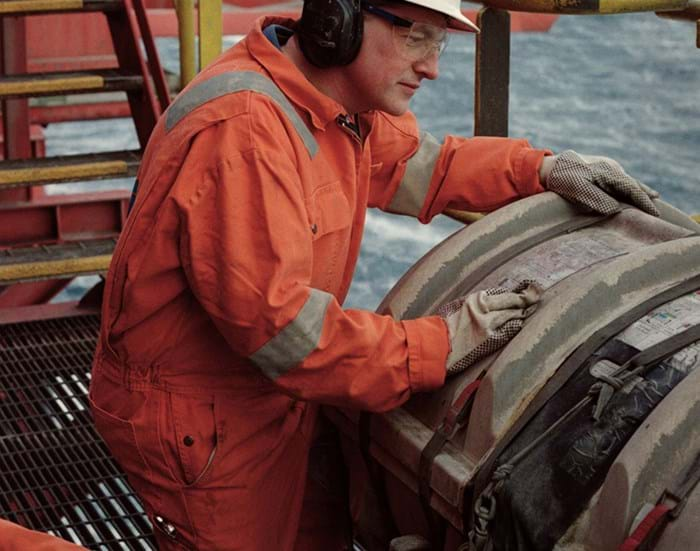
Advanced methods are progressively making it safer and more efficient to inspect offshore assets and subsea structures. Eddyfi Technologies offers customer-centric tools designed with the needs of offshore inspection and remote operations in mind. Whether visually inspecting flexible risers for manufacturing defects or employing Ultrasonic Testing (UT) to map corrosion of offloading systems and floating platforms, our advanced solutions enable inspectors to conduct in-situ surveys, maintenance inspections, and certification of marine based assets and infrastructure. Each NDT methodology comes with advantages and limitations; no single technique can do everything in an inspection. Depending on your data collection requirements, you may consider one or multiple NDT techniques like Alternating Current Field Measurement (ACFM®), Pulsed Eddy Current (PEC), Phased Array Ultrasonic Testing (PAUT), or Long-range UT (LRUT) for offshore inspection applications.
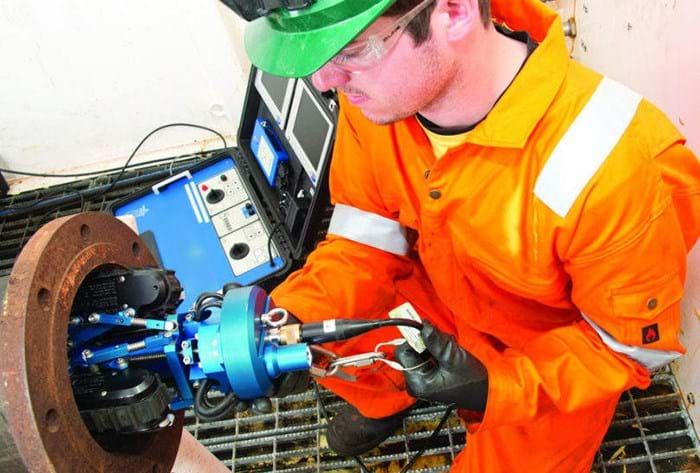
Our Alternating Current Field Measurement (ACFM®) inspection technology has been recognized as a proven solution deployable by diver or Remotely Operated Vehicle (ROV) for over 30 years. As ACFM detects cracking through the application of an electromagnetic field, it is easily applied underwater without compromise, making it ideal for offshore inspection. ACFM was originally designed for divers to find and measure fatigue cracking in jacket structures. Diver deployed inspections with high Probability of Detection (PoD), and low false calls are key factors in the assessment of offshore asset integrity. Unlike conventional inspection techniques (such as Magnetic Particle Inspection, or MPI), ACFM technology works through paint and coatings, so there is no requirement to remove either, further reducing downtime. Requiring only one pass of the inspection area, ACFM has a high tolerance to variations in scan speed and lift-off which equates to fast and reliable data; the length and depth of any crack defect found is measured and recorded instantly. Under an Underwater Inspection in Lieu of Drydocking (UWILD) program, ACFM probes are used by divers or deployed by ROVs to inspect a wide variety of subsea geometries including circumferential, fillet and full penetration welds in pipes and plates. Classification societies that issue guidelines on UWILD inspection, maintenance and certification include the American Bureau of Shipping (ABS), Det Norske Veritas (DNV-GL), Bureau Veritas (BV) and Lloyds Register (LR). Both the U41 and the Amigo2 instruments can be used to conduct ACFM inspections.

Eddyfi Technologies has advanced the Pulsed Eddy Current (PEC) technique with a patent pending high-resolution Pulsed Eddy Current Array (PECA™) probe as part of a complete solution dedicated to providing the most accurate remaining wall thickness over surface-forming scabs and corrosion blisters, commonly found on offshore assets. Our PEC technology detects the smallest defects possible, generating clean and compelling C-scans of typical scabs in less than a minute. The Eddyfi PECA scab solution was designed to tackle offshore applications; there is no need for surface preparation, and the probe assesses remaining ligaments while the asset is online. Moreover, the technique provides complete coverage and does not use radiation, promoting a safer work environment.
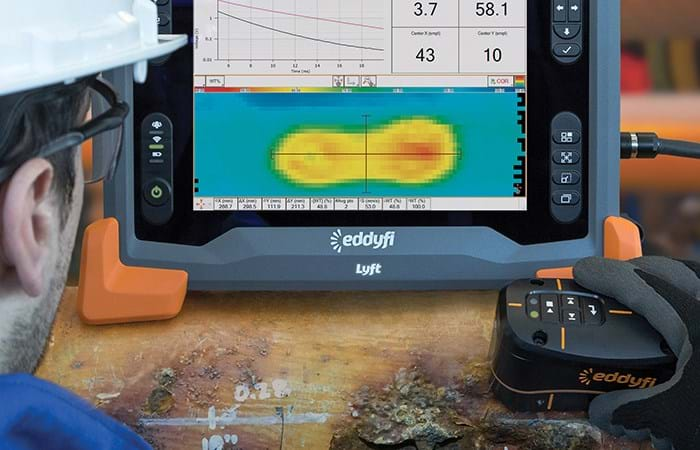
Phased Array Ultrasonic Testing (PAUT) is recognized as an advanced NDT technique that is ideal for inspecting complex geometries that are difficult and slower to inspect with conventional UT probes. The M2M Gekko® is a complete PAUT portable unit, field proven for detailed flaw detection and imaging of the large range of bolts commonly found on offshore platforms and subsea structures, for example. Built rugged to withstand severe conditions for offshore inspection applications, this flaw detector offers PAUT, UT, Time of Flight Diffraction (TOFD) and Total Focusing Method (TFM) for improved detection during inspection of bolts, welds and other intricate geometries found on offshore infrastructure.
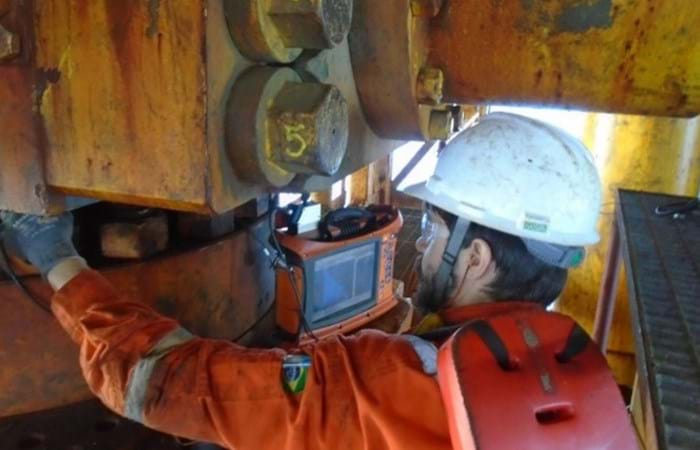
Long Range Ultrasonic Testing (LRUT) with the Teletest Focus+™ is commonly used for inspecting pipelines, but also offshore piles and topside jetty lines. LRUT can rapidly screen long sections of pipe and supply accurate data on metal loss features such as corrosion or erosion – both internal and external – along the pipe, from a single location where the collar is installed.
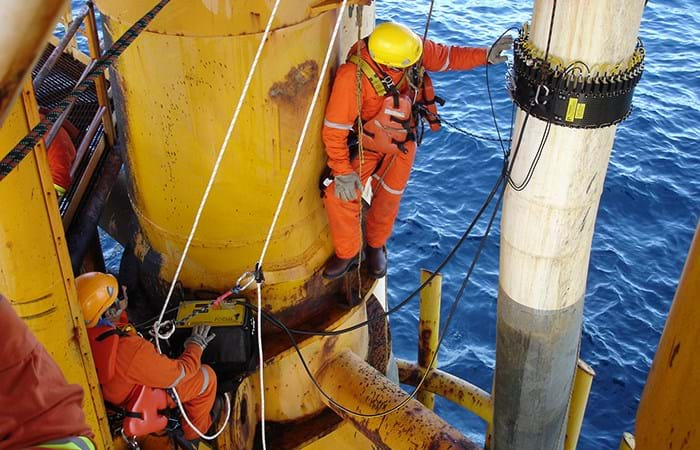
UWILDs, pipelines and other subsea assets are often investigated by supervising surveyors, as the inspector is the only one with direct access to the offshore infrastructure being assessed. Traditionally this is the inspecting diver who needs to be certified by a regulatory body, which can be expensive and increases the risk factors involved. Employing rope access technicians present the same challenges. Remote Visual Inspection (RVI) and operations eliminate the need for confined space entry (CSE), working at heights, and safety concerns around inspectors in inhospitable environments. Eddyfi Technologies offers Inuktun inspection cameras for remote surveillance of offshore assets previously unseen, and robotic crawlers like the MaggHD™ and MiniMag™, to solve the challenges faced with moving NDT sensors and tools in the splash zone. Our robotic solutions are designed with the needs of NDT-tethered subsea inspection in mind, providing repeatable, actionable, meaningful and preventative data for even the most challenging offshore applications.
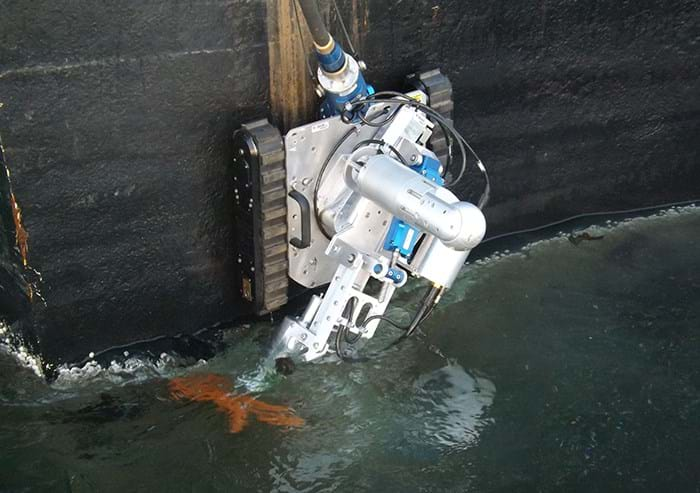
Enhancing Offshore Safety and Efficiency with Installed Ultrasonic Sensors
Offshore facilities operate in some of the harshest environments on earth, facing extreme weather conditions, high pressures, and corrosive chemicals. Given the extreme conditions and potential risks faced by offshore oil and gas facilities, measuring corrosion and erosion rates is an important part of keeping potential problems from becoming disastrous realities. Eddyfi Technologies offers NDT solutions that give you all of the necessary tools to collect frequent data, without the need for manual inspections to ensure the safety and integrity of offshore assets. Discover a whole new approach to corrosion and erosion monitoring with our permanently installed monitoring systems.
Learn more







